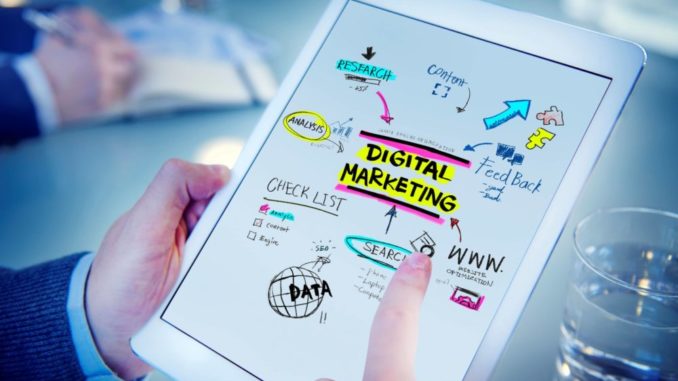
The advertising industry has come a long way, from just spreading information to readers, listeners or viewers to informing new product launch through various ad forms like posters, banners, Out of Home (OOH), among others. The sector has also made huge strides in understanding the consumers and potential buyers’ minds. But advertisers have not been able to envisage the future. Thus, with the evolution of machine learning and big data analytics, they are now able to read consumers’ minds and predict their shopping behaviors.
This increased use of customer data and their analysis lead several businesses to adopt predictive advertising, a subset of predictive analytics that utilizes past data, machine learning methods, and algorithms to precisely target audiences and optimize ad copy and media spends. This will help to predict future trends and foster marketing and sales strategies.
Predictive advertising has the potential to assist marketers in identifying members of their audience that are likely to convert into consumer. That automatically prioritizes leads by leveraging advanced statistical modeling and machine learning.
So, here is how predictive advertising can help advertisers to deliver effective advertising or campaigns.
Using Data to Target Audience
Predictive advertising leverages a wealth of data strategically to drive consumer insights. It also accesses customer data as well as third-party behavioral data to classify potential customers, enabling businesses to expand their user base. Undeniably, a plethora of data available today allows marketers to better comprehend the interests, preferences and purchasing patterns of an individual customer. The data will also make it possible to better track the nuances of the market they are advertising in.
There are several tools and software available in the market, making predicting customer behaviors easier. Tools like Google’s Lookalike Audience and Facebook Similar Audiences make use of predictive advertising to sense audience behavior, foresee customer needs, fuel click-through rates, and drive business profits. These systems compare insights pertaining to a website’s visitors with people who have similar behaviors and buying traits. They then utilize that information to build a new audience base.
Content Automation with AI
Artificial Intelligence has the ability to make predictive advertising possible as it can observe buying behaviors and collect data efficiently. By leveraging AI, marketers can produce high-quality content personalized to a specific audience or persona type. As the content problem is nothing new to marketing, the rise of automation, especially AI, marks an incredible shift of how content is created and indeed, how businesses will work.
Companies like Amazon is already leveraging predictive advertising to deliver germane ads and cross-sell and up-sell its range. The company delivers innovative approach where brands can effectively target their own customers and buyers.
Ad Spend Optimization
Today, organizations spend billions of online marketing dollars in advertising to convincingly reach large audiences. But most of the ad spend fails due to the inadequate selection of platforms. Conversely, businesses that focus on minimizing wasted ad spend gain the double benefit as they can channel their saved budget into other marketing initiatives. With predictive advertising, companies can optimize their ads spending by executing nuanced targeting and bid adjustments in real-time, in turn, they will get more ROI.
Google’s automated bidding platform, for instance, allows advertisers to select a goal like site visits, visibility, conversions, and more, and then utilizes audience data from its advertising network and competitor performance data to automatically adjust bids in real-time.
Micro-Moments Optimization
The evolution of smartphones has enabled marketers to gain insights valuable to target audiences for a limited period of time. This means businesses can make use of real-time data and optimize their ad placement strategy to deliver apt advertising to customers to convince them to turn into a buyer. According to search engine Google, this process called Micro-Moments. This is an intent-rich moment when an individual uses a device, especially his/her smartphone, to explore, know, or purchase something.
So, targeting ads to consumer micro-moments is extremely valuable for marketers as consumers are determined to find what they are looking for. Predictive advertising can take this to the next level by assisting businesses to predict customer needs before they start showing their intent to purchase something.
The post Is Predictive Advertising the Future of Digital Marketing? appeared first on IndustryWired.
